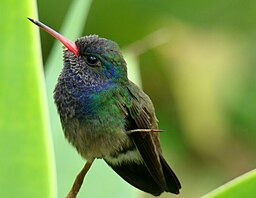
Most of us know that the ostrich is the world’s largest and heaviest extant bird species. The long-necked bird can grow up to 9 ft (2.7 m) tall and weigh up to 320 lb (145 kg). Native to Africa, the ostrich lives in wide open arid and semi-arid habitats. Their range stretches from the southern coastline of Africa to the south Saharan Desert region.
Well! that’s some of the basic facts on the world’s biggest bird. On the contrary, do you know the world’s most minuscule bird species?
While I’m sure most would guess the hummingbird – which is correct! Though, it is in particular, the “Bee Hummingbird”.
The Bee Hummingbird
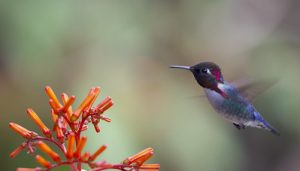
Photo credit: Flickr/CC BY-SA 2.0
Here are some captivating facts on the world’s smallest bird:
Habitat: The Bee Hummingbird (Mellisuga helenae) is only native to the Caribbean island of Cuba. They can be found in various habitats, including gardens, parks, and subtropical forests.
Size: The Bee Hummingbird has a body length of 5 – 6 cm, a wingspan averaging 3 cm, and only weighs around 2 g. About the size of a large bumblebee, the tiny bird is often mistaken for a flying insect.
Appearance: Bee Hummingbirds are sexually dimorphic, thus males and females differ in appearance. The birds are generally stockier and have a relatively short beak compared to most other hummingbird species. Males have a greenish-blue iridescent plumage with a red head and throat. The drabber turquoise/brown females are a little larger than their male counterparts.
Diet: The Bee Hummingbird occasionally feeds on insects and spiders but nectar provides the mainstay of its diet. It is particularly fond of the nectar from the Solandra grandiflora plant. Relative to their size, the tiny birds need to consume huge amounts of food to maintain their active lifestyle. Thus, they can spend up to 20 hours and visit as many as 1,500 flowers per day in search of sustenance.
Mating: During the breeding season, male bee hummingbirds congregate in “leks”. It is where they perform their mating ritual, which includes singing and strutting their stuff, to attract a mate. Females may visit several leks in search of a suitable mate, while males typically have several partners during the breeding season. Outside the mating season, bee hummingbirds tend to lead a solitary life.
Breeding: The Bee hummingbird usually lays two eggs about the size of coffee beans. Males play no part in the rearing of offspring, thus the responsibility falls entirely to the female. Newborn chicks can usually fly in a little over 30 days, whereby they usually leave the nest.
Life Span: Bee hummingbirds live for up to 7 years in the wild, a better-than-average lifespan for a tiny bird. The bee hummingbird is currently listed as “near threatened” by the International Union for Conservation of Nature (IUCN). Its decline is mostly attributed to the loss of habitat where the land has been converted to agricultural use.
Predators: The bee hummingbird is vulnerable to several types of predators, most commonly hawks and other birds of prey. The tiny birds are also occasionally eaten by fish and the odd opportunistic frog. In particular, chicks are exposed to attacks from snakes, rats, and other rodents.
Header photo credit: Wikimedia Commons/CC BY-SA 2
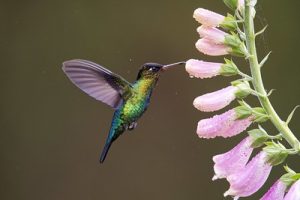
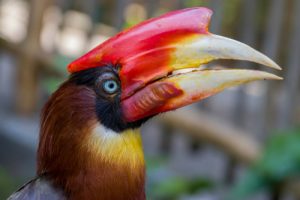
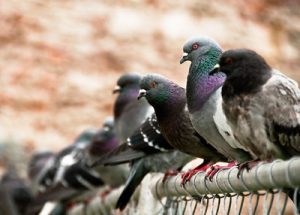

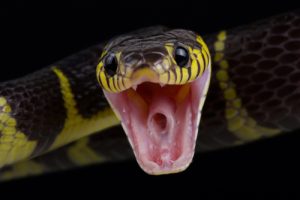
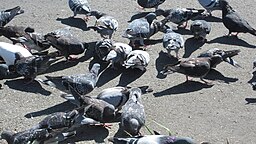
[…] is any one of more than 360 species of the Trochilidae family? The smallest family member is the bee hummingbird (Mellisuga helenae), which also happens to be the world’s tiniest bird. Found only in Cuba, the […]